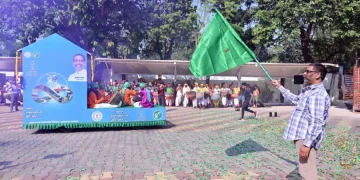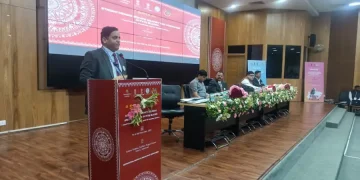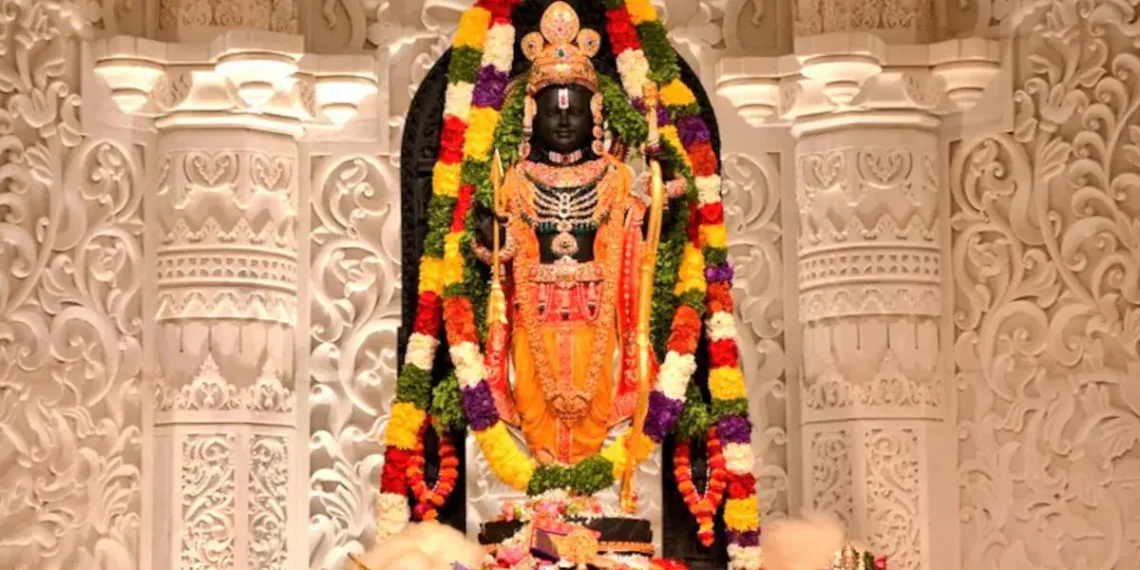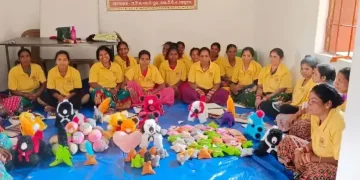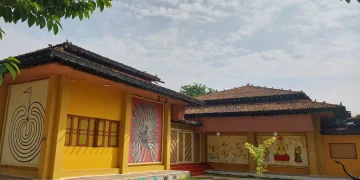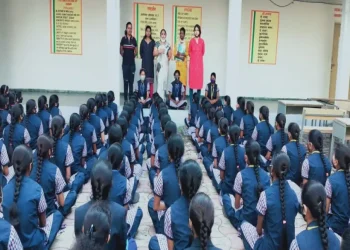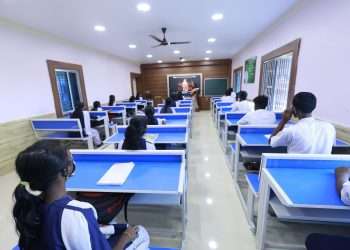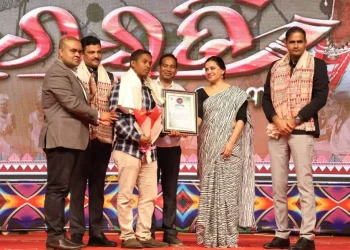Ranchi
The Ram Mandir administration has included roots, fruits, berries (kand-mool), honey and such other things — which Lord Ram relished while in exile with wife Sita and brother Laxman — in the daily bhog offered to him during prayers. Ram Lalla is being served with chhappan bhog.
During his exile, Ram was not supposed to visit any kingdom or stay in any of the cities. Hence, while wandering in forests he was bound to thrive on fruits and roots available around and make friends with forest dwellers and tribals, animals and birds among others.
Citing couplets from Ayodhya Kand of Ramcharitmanas, noted Hindi scholar and a former Dean of Humanities of Ranchi University Dr. Vindhyavasini Nandan Pandey told The Indian Tribal that forest dwellers like Kols, Kirats and Bhils became Lord Ram’s friends and followers. They offered him tasty honey, roots and fruits.
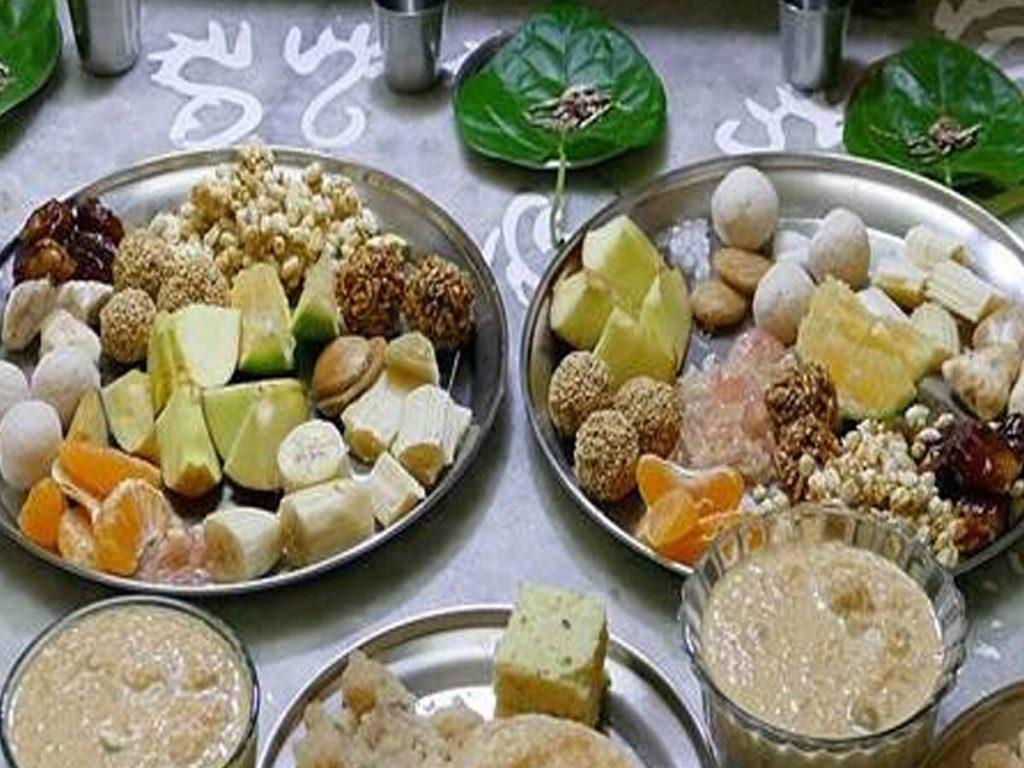
Lord Ram slept under tree on a ‘bed’ made of grasses and leaves (bedsheet). The mountains and forests generously provided everything to make them comfortable.
A popular notion also says that Lord Ram had spent one rainy season atop a hillock in Simdega district of Jharkhand. The place is now called Ramrekhadham and has also become a popular pilgrimage site or tourist destination.
Head of Hindi Department at Dr Shyama Prasad Mukherjee University, Ranchi, Dr. Jinder Singh Munda went on adding that these Vanvasis or Girijans could also be identified as modern day Particularly Vulnerable Tribal Groups, who made the offerings in ‘donas’ (leaf bowls).
The Lord’s visit to Shabri Ashram or his friendship with Nishad Raj are great examples to prove that he never considered himself a special one despite being the sole owner of the entire universe. He always identified himself with the commoners.
“And, the tribals have always believed in friendship on equal terms. Self-respect is supreme in their eyes which Lord Ram always honoured. The tribals are dark complexioned. Lord Ram too was dark complexioned. Offering him all that he relished is a matter of pride for us,” commented former DSPMU Vice Chancellor Dr. Satya Narayan Munda.
Ram Navami, the festival to celebrate the birth of Lord Ram, will be celebrated on April 17, the ninth day of the shukla paksha in the Chaitra month of the Hindu calendar.
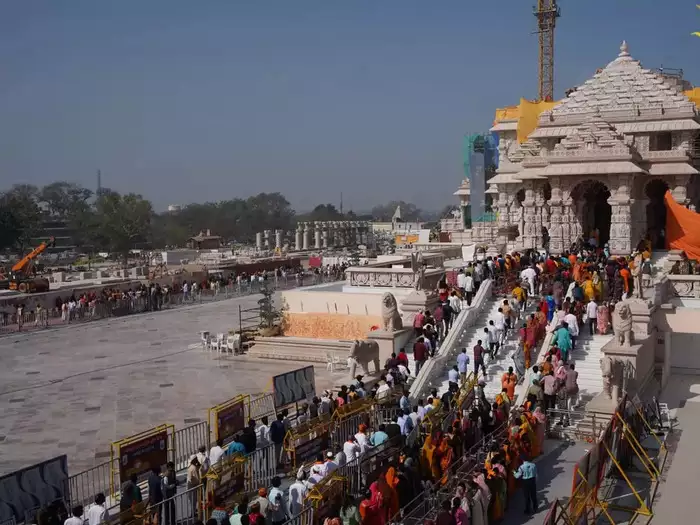
Starting April 15, the Ram Janma Bhoomi Teerth Kshetra Trust has decided to extend the darshan timing by six hours — from the normal 14 hours daily to 20 hours till April 17, considering the expected arrival of around 30 lakh visitors. The four remaining hours will be for Lord’s shringar, bhog and aarti. The likely surge of devotees will also see the formation of three more rows for darshan, from the usual four rows daily to seven on the three days.
The temple is already witnessing special celebrations ever since Chaitra Navratri started on April 9.
Nripendra Mishra, chairman of the Ram Temple construction committee, told the media that a four-minute ‘Surya Tilak’ of Balak Ram, using an optomechanical system to direct the sunlight on the deity’s forehead through a series of lenses and mirros, will be performed for the first time on Ram Navami.
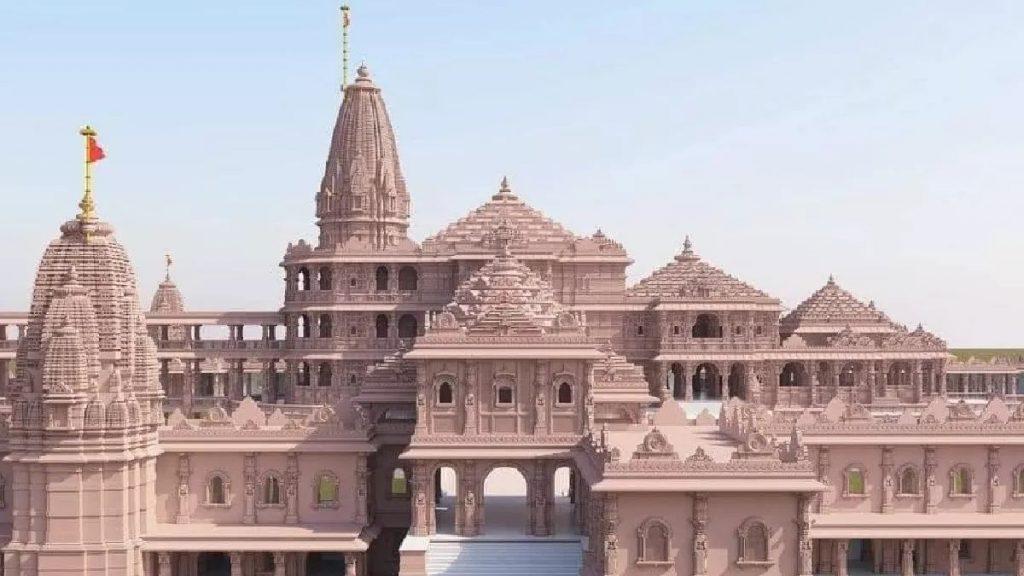
About 100 LED screens or LED walls across the area under Ayodhya Municipal Corporation limits and also in the neighbouring markets have been set to display Ram Navami celebrations in Ayodhya live.
Given the heat, ORS packets will be distributed to the devotees, rest areas and water stations will be set up, and paths will be carpeted.






